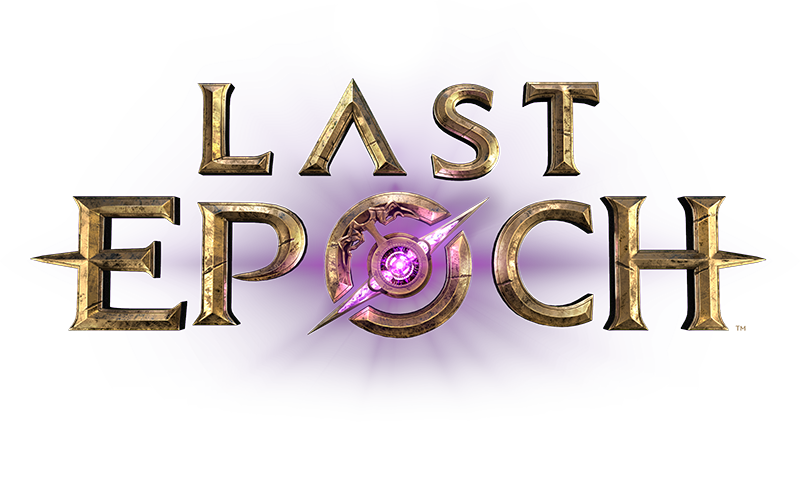Yeah, with that notion nothing gets ever well done since ‘as long as it works’ would suffice by design.
So let’s re-iterate this thing:
A way to stop spires has been implemented because of UI interactions happening which would otherwise not be able to happen properly as… well… you get pummeled all the time.
Makes sense.
So the first implementation itself is fairly badly done, no way around to say it different then it is. It was probably a quick patchwork job - or I can’t explain it myself otherwise - with low priority as basic quality control didn’t happen.
Why would I say QC didn’t happen? Because if you want to make 100% sure that you don’t have interactions you take a 2-step approach. First you create the premise ‘don’t shoot after ‘x’ time of not using a skill’ and then follow up with a list of baseline interactions which do actually cause those to happen and make a workaround.
This hasn’t happened, so it was ‘good enough’.
If that would’ve been the case then either workarounds would’ve been implemented to not trigger it or the opening of UI would’ve been reworked to generally stop things happening, including you. That’s the open solutions there.
So then this went on, wasn’t a major thing before anyway, small nuisance, people don’t even know about this interaction commonly unless specifically looking out for it or by sheer luck stumbling over it. It’s nowhere explained, shown, highlighted after all.
Now the devs get the idea for this great new mechanic, Nemesis. Starting at this moment QC becomes high priority and not low for that. ‘How does it feel?’ ‘Is it balanced?’ ‘Does it cause issues clearly somewhere?’ and… ‘Testing it all in all relevant content’ which means does it interact oddly when in monoliths, does it have a chance to show up in Arena despite not supposed to be… including… do Spires interact badly with it.
Main monolith goal, core implementation, non-avoidable as you can’t see the task beforehand, it’s random.
So now that leaves us with only one more outcome: Shoddy QC from the devs.
We’ve established that ‘one character does all’ handling of builds is a design philosophy.
It was mentioned that ‘backtracking is not fun and generally bad’ at a talk about their overall design (I think it was with the implementation of monolith tasks showing the direction) which hence is another design-philosophy.
Since this implementation breaks automatically one of those 2 states it’s ‘bad design’ for it.
Either you need to throw the ‘one character does all’ premise under the bus… which isn’t bad to have or throw under the bus, it’s flavor after all, Grim Dawn showcases a great example of how to do the opposite.
Or you throw the backtracking one under the bus, hence freely including backtracking situations without caring for them, upside or not.
Both baaaaaad.
Which leaves only one last option to do: Change the situation to fully adhere to the design philosophies.
Which brings us back to both suggestions from you in the current state being not an argument. At best a workaround.
The devs hence have to either remove all the possible interactions as a form of spire trigger (which would be much work and very prone to failure) or by removing this situation outright with for example a instance-pause during interaction (Has other downsides but no chance of future failure).
One way or another, if you don’t wanna throw a design-philosophy under the bus it warrants change. If not then it’s a core-aspect of their design removed. Pick your poison.
